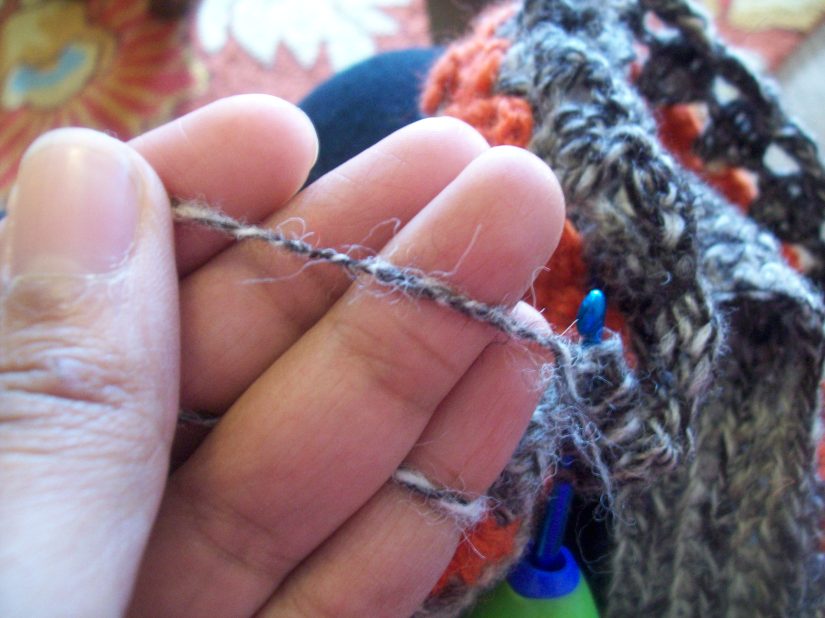Long ago…about 7 years ago I discovered that moths had attacked my beautiful handspun yarn that I had left out for display. Literally pounds of my handspun yarn skeins were in shreds. After obsessively looking for a resolution I found that most people store cedar chips or lavender with their stash and hope for the best. Both preventative measures had failed me. In my experience I found that this works if the majority of your stash is commercially processed fiber and yarn. The moths did not touch any of my commercial fiber. The natural stuff that I bought from small farms at various fiber festivals was what they wanted… Why? I asked. I found the answer in one of my industrial textile manufacturing textbooks. Apparently commercial yarns are treated with insecticide. After a little research I found that Permethrin is what they are using. This synthetic material is widely used and can be purchased in large concentrated quantities from farm suppliers. There is a similar product used as the active ingredient in pet shampoos that is an abstract from chrysanthemums. Bugs apparently cannot digest the stuff.

With this newly found information I now had a way to prevent future attacks however I had not figured out how to handle the active infestation. After doing a little more digging I found that I had 3 choices to kill the moths and their eggs. I could use stinky moth balls, freeze, or steam the yarn and fiber. I chose to seal the fiber in 5 gallon buckets with moth balls. I steamed the shredded up yarn skeins in a huge pot in my oven killing anything that could possibly survive then sealed it in 5 gallon buckets. This is where my wool stash sat for about 7 years untouched.
On a whim I searched up how to join yarn ends without knots. I found a braiding technique where you unravel one yarn end and connect it to another end by creating a 3-strand braid. This method created a strong barely conspicuous join. This prompted me to pull out my shredded up wool yarn and test the method out. IT WORKS! To my joy, I realized (after the emotions had settled over the years) the skeins were mostly intact with exceptions to about 6 or 7 strands. The damage just looked far worse that it was. I am so glad I kept them.

In my excitement I began a project using a black and white hanspun Jacob fleece. The skeins were slightly underspun, but oh- well they are perfect for a crochet project. I had 3 skeins that were 2-ply worsted weight. It has a sort of cloudy, marled look to it. There is 1 skein that was 3-ply chained ( Navajo plied). It is more of fingering weight and has more color definition as the chain plying keeps the colors fairly separate.

Sweater in progress. The chain plied skein is to the left. The 2-ply yarn is already wound for crocheting. I used a hanspun orange alpaca yarn for accent
I will be using up all of this yarn in a crochet cardigan using the pattern book The Crochet Closet by Lisa Gentry. I am making the Carefree Cardigan.
So far so good although I have had to do some frogging. The directions lack key details for the cluster stitch pattern and spacing for yoke increases. It is otherwise pretty simple to make.


I may not have enough yarn to finish long sleeves but I’m not really worried. I am happy to be able to use the yarn that I had long since left for dead in plastic buckets.




